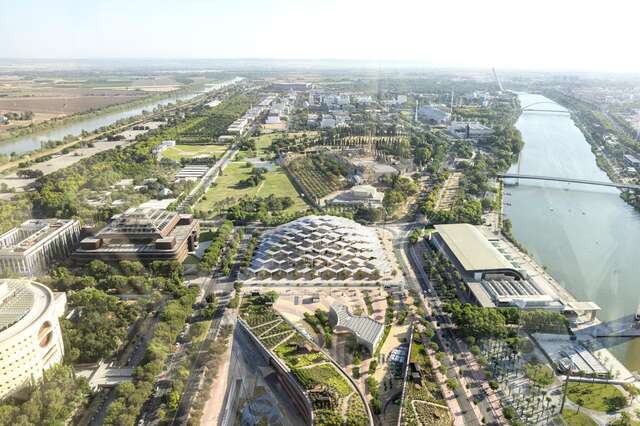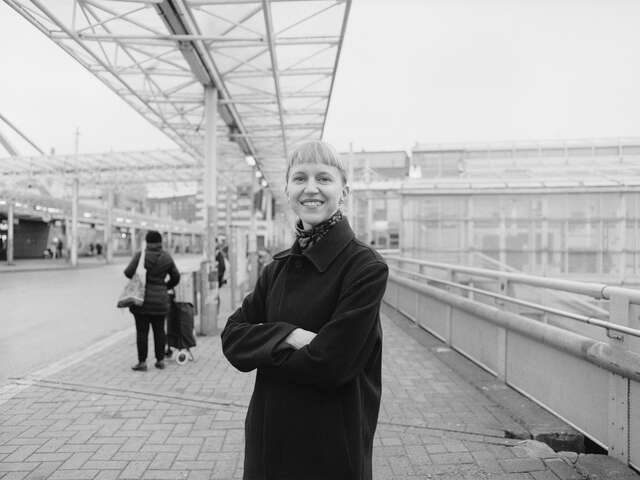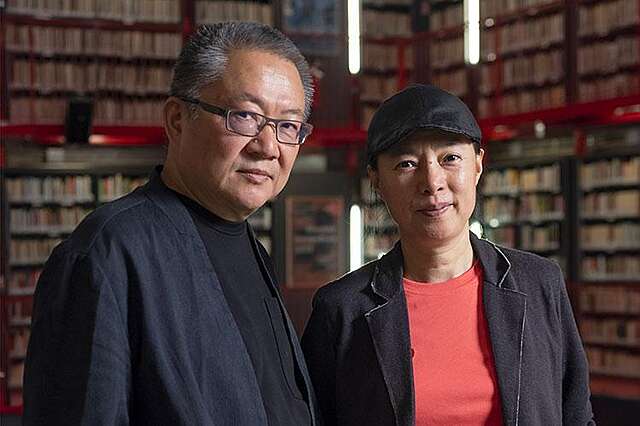Tips for Venice: in addition to the Finnish Pavilion, check out at least these!
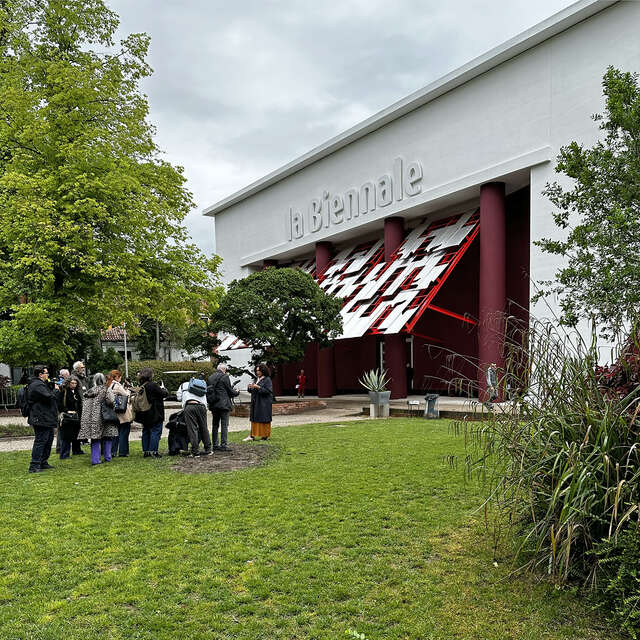
Miina Jutila
The doors to this year's Biennale Architettura opened on Saturday 20 May and will remain open until 26 November. We've put together some recommendations for biennale visitors.
With her theme "The Laboratory of the Future", the curator, a Ghanaian-Scottish architect, educator and writer, Lesley Lokko turns the focus of the 18th International Architecture Exhibition of La Biennale di Venezia on the African continent. African architects and artists play a major role in the main exhibitions, and many of the national pavilions have also focused on indigenous communities.
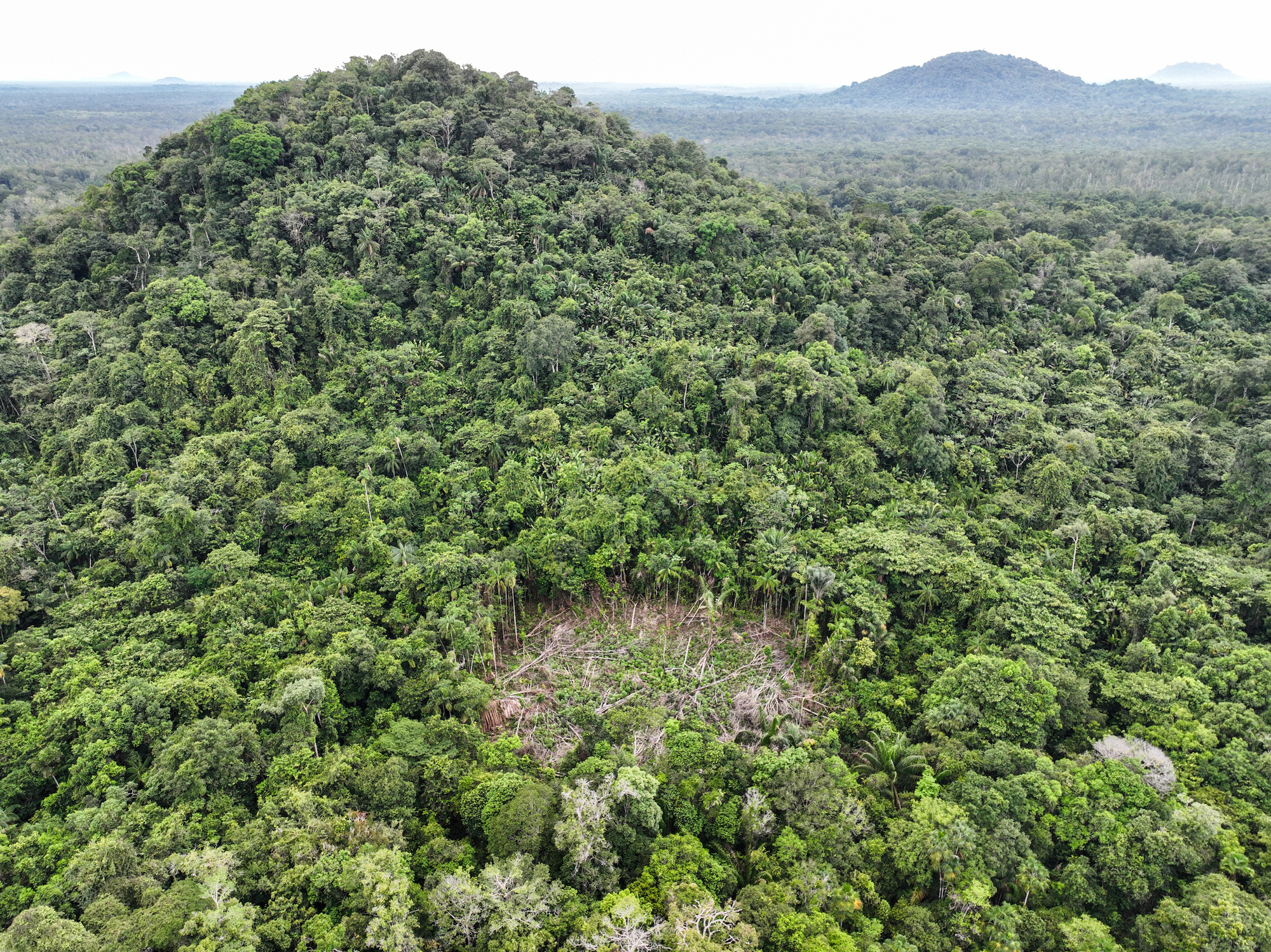
Brazilian Pavilion
The 2023 Golden Lion Award for the best national participation has been awarded to Brazil. Curated by Gabriela de Matos and Paulo Tavares, the exhibition Terra addresses issues of indigenous rights, land use and ecosystem dimensions that have been lost in Brazil's modernisation narrative.
Decolonising, complementing and renewing the canon of Brazilian modernism,Terra perfectly embodies the questions opened up by Lesley Lokko's "The Laboratory of the Future" in the context of national pavilions, challenging a colonialist mindset that has treated both land and people as instrumental resources for development.
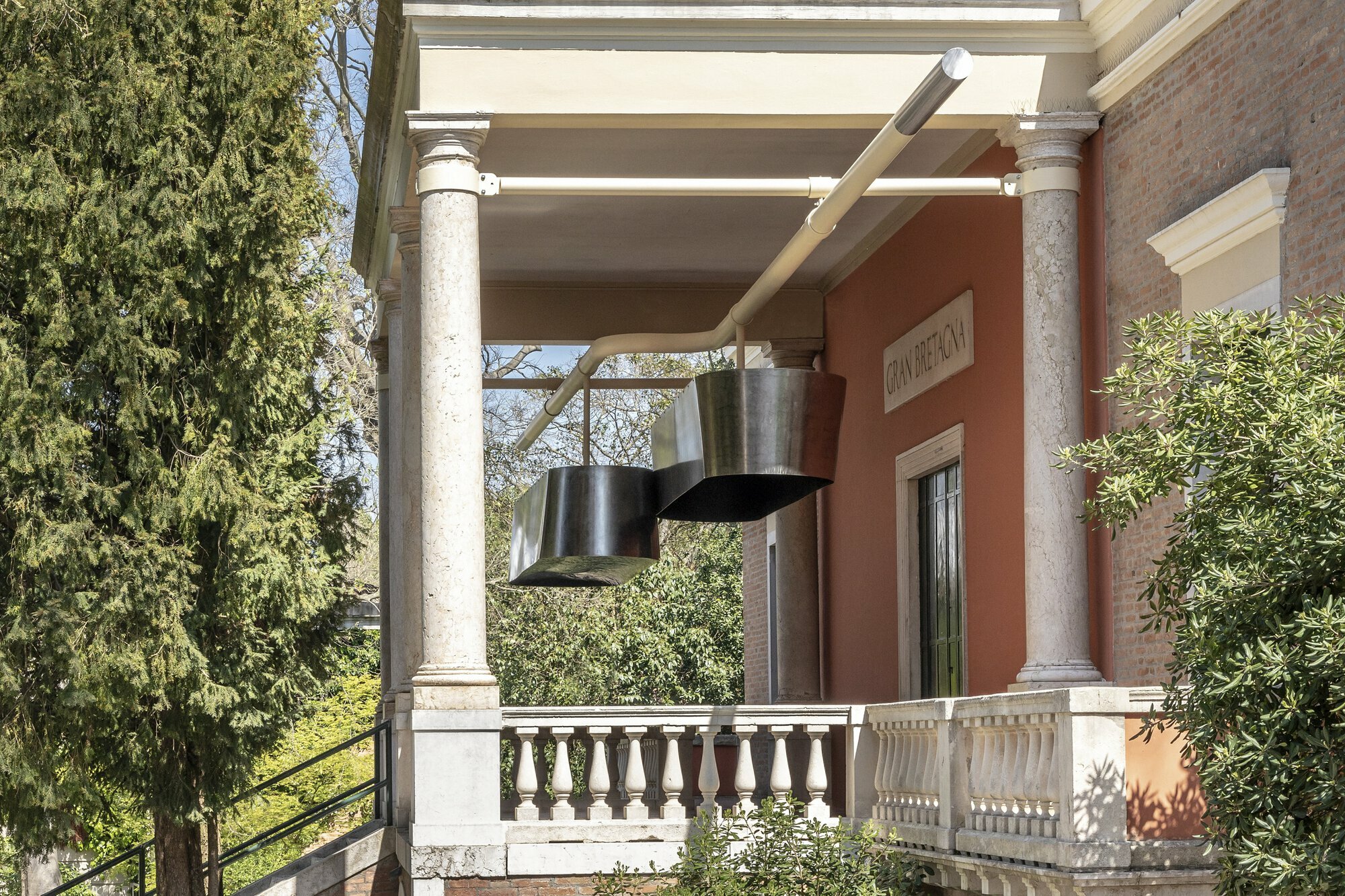
British Pavilion
Among the national participations, a special mention was given to the UK's Dancing Before the Moon, curated by Jayden Ali, Joseph Henry, Meneesha Kellay and Sumitra Upham. The exhibition, a series of installations, explores the role of rituals and other everyday practices, gestures and activities in how different spaces and the meanings they give rise to are constructed.
The British pavilion also pays particular attention to racialised and marginalised communities. The exhibition sees dance, play, music and other ways of being together as a means towards a more sustainable approach to the world and to other people. The exhibition takes its inspiration from a famous quote by minority rights writer James Baldwin: "There is reason, after all, that some people wish to colonize the moon, and others dance before it as an ancient friend."
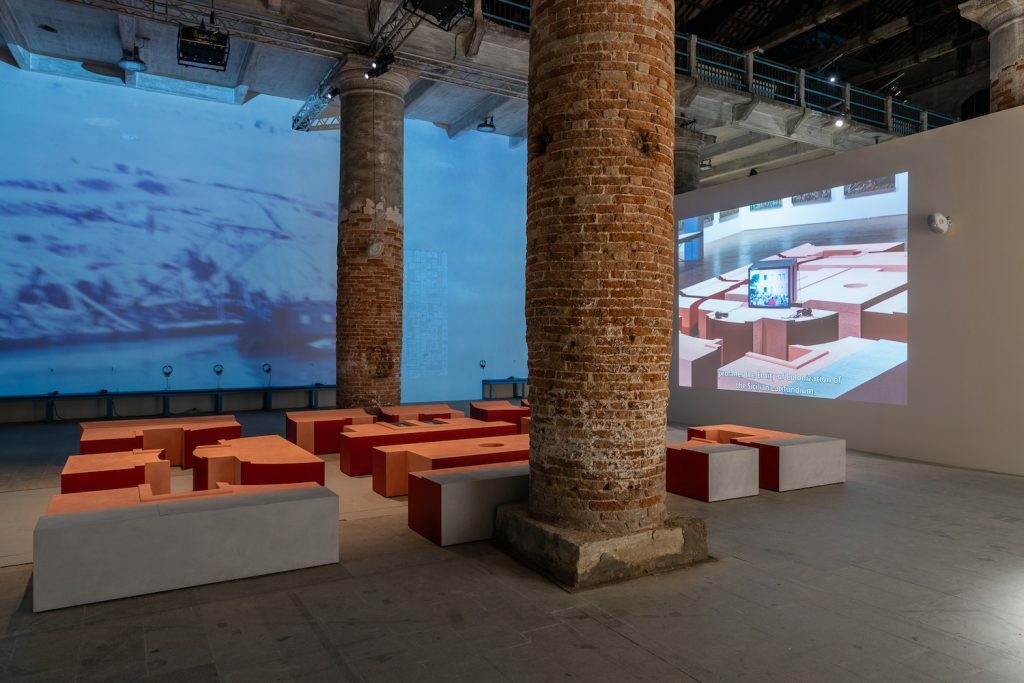
DAAR
The Golden Lion of the main exhibition was awarded to the Ente di Decolonizzazione – Borgo Rizza exhibition contribution of DAAR (Decolonizing Architecture Art Research), the practice of Alessandro Petti and Sandi Hilal. DAAR deals with the role of the architectural heritage of the colonial and fascist eras in the contemporary context.
What to do with monuments and buildings that openly bear the values of fascism and colonialism? Petti and Hilal open up a discussion on what kind of decolonial strategies we can imagine in relation to the built heritage.
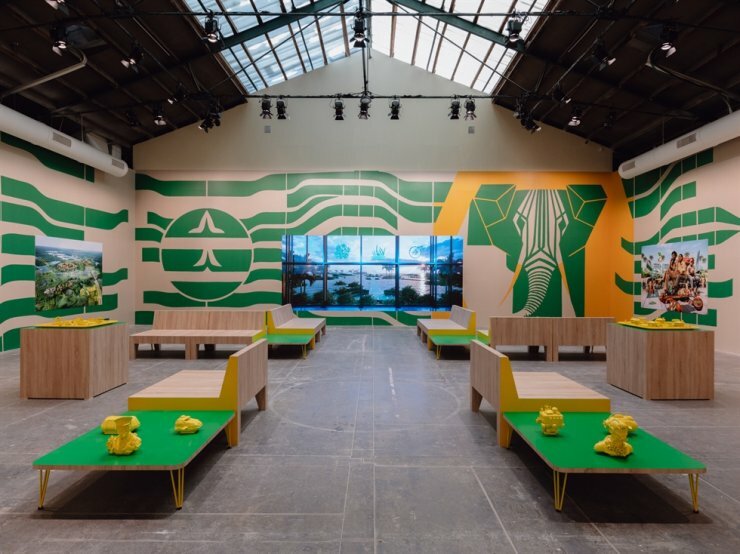
Olalekan Jeyifous
The Silver Lion for the most promising young participant went to the creator of ACE/AAP multimedia installation, Olalekan Jeyifous. Jeyifous creates a vision of a decolonised but also decarbonised future with Pan-Africanism at its heart. In a futuristic utopia, transport and housing will be organised around renewable energy. ACE/AAP is an important idea experiment to show that responding to the climate crisis is not just about giving things up. A carbon-neutral future can also be full of new opportunities.
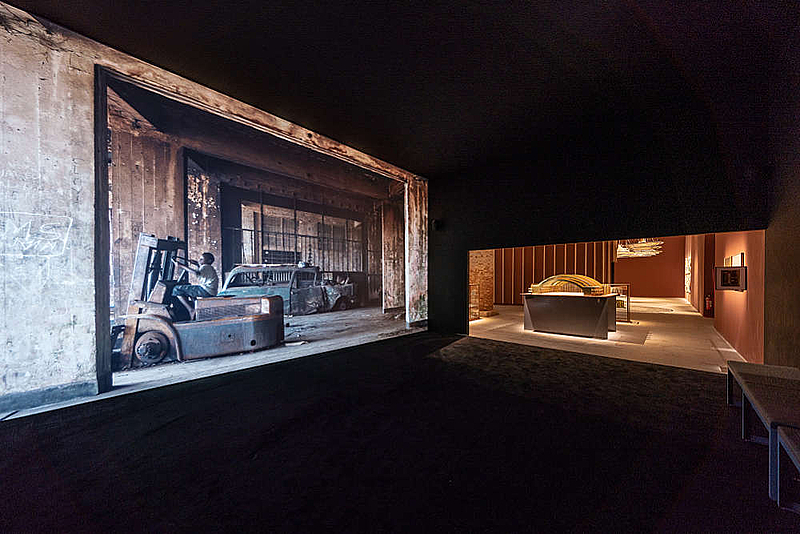
Twenty Nine Studio & Sammy Baloji
One of the jury's three honourable mentions went to photographer Sammy Baloji's main exhibition installation Aequare: the Future that Never Was. Baloji's three-part work together with Gloria Gabral and Cécile Fromont explores the relationship between raw material extraction, slavery and trauma. In a powerful and emotional work, the history, present and future of the Democratic Republic of Congo come together.
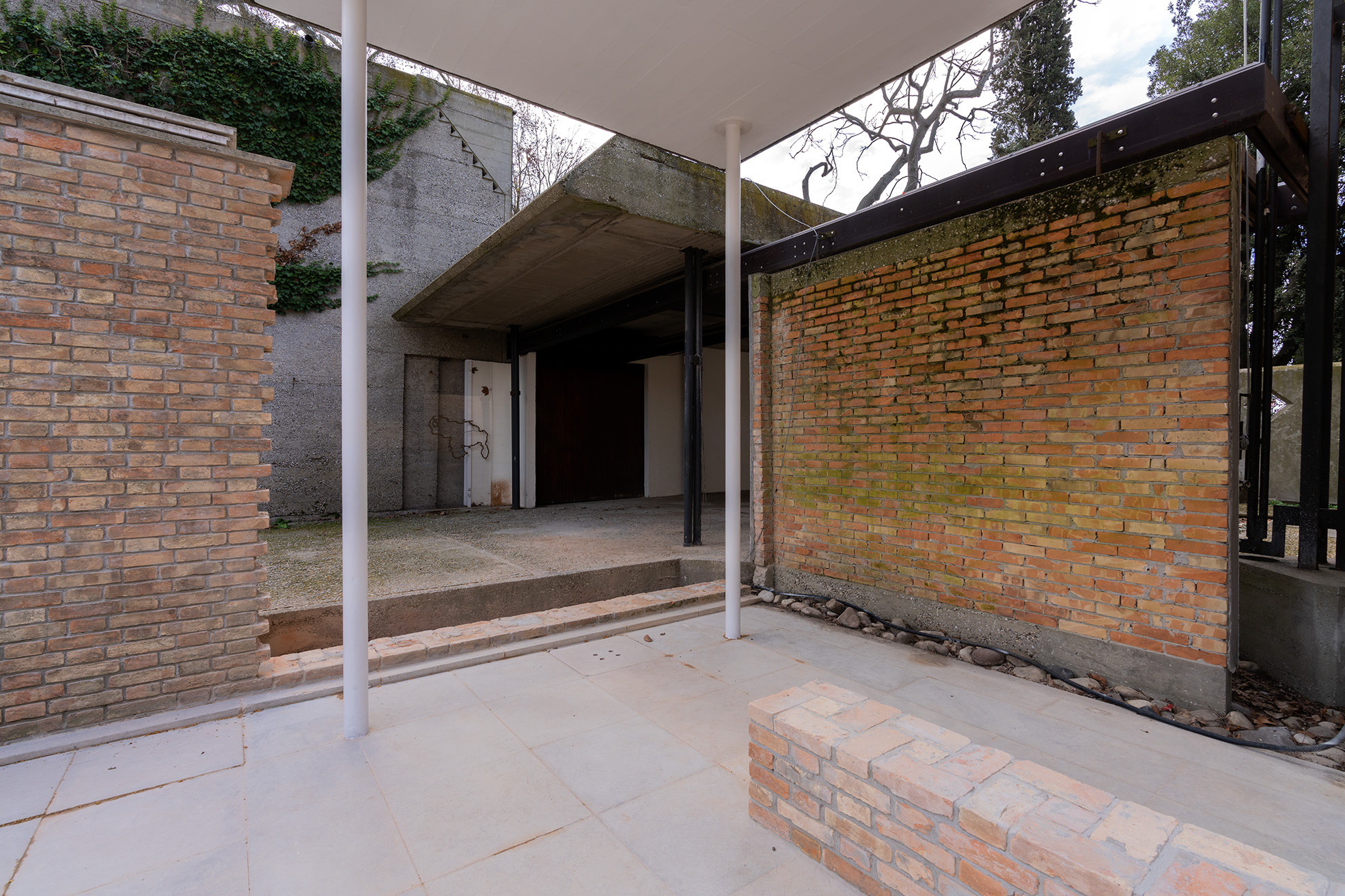
Swiss Pavilion
This time, the Swiss Pavilion is all about the building itself – and the neighbouring Venezuelan Pavilion. An opening in the wall between the Swiss Pavilion, designed by Bruno Giacometti (1951–1952), and the Pavilion of Venezuela, designed by Carlo Scarpa (1954–1956), links the two buildings together.
Curated byKarin Sander and Philip Ursprung, the Neighbours exhibition invites us to reflect on neighbourhood, cooperation and the relationship between the Biennale's national pavilions. The message is clear: the time of national representations and competition between countries is over. New ideas are born together and in support of each other.
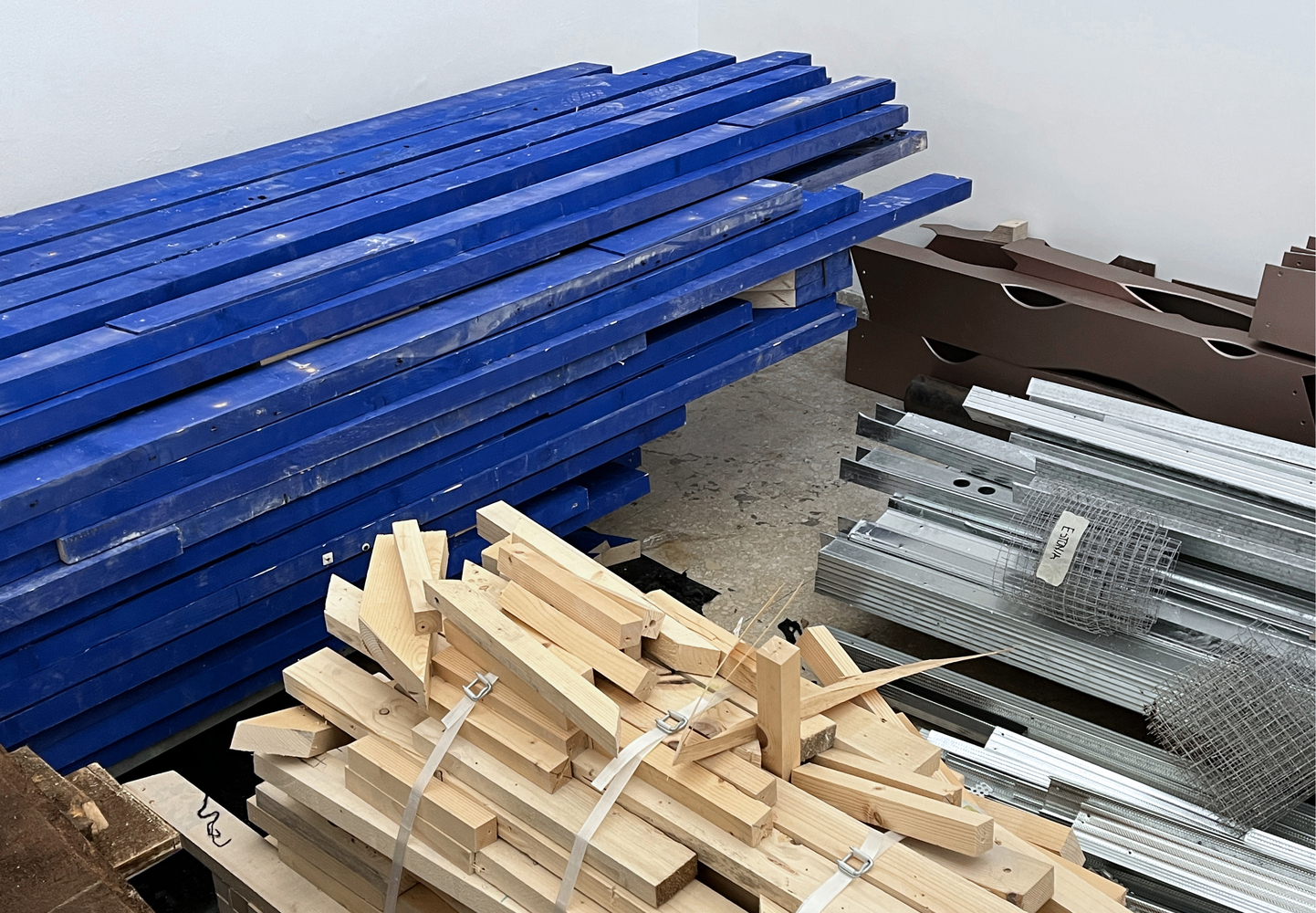
German Pavilion
The ecological sustainability of the Biennale exhibitions and their relationship with Venice's carrying capacity will be a recurring theme of the Biennale. The German Pavilion draws attention to the material burden of temporary exhibitions – and on the other hand, their potential to serve as a resource for repair, maintenance and upkeep.
Curated by ARCH+ and a team of authors from Summacumfemmer and Büro Juliane Greb,Open for Maintenance is an exhibition of surplus materials from the 2022 Biennale Arte. The huge bank of materials brought into the pavilion shifts the focus to reuse, repair and build with existing resources. Maintenance, upkeep and replacement often remain invisible. The exhibition turns this around and provides sustainable alternatives to the disposable culture.
